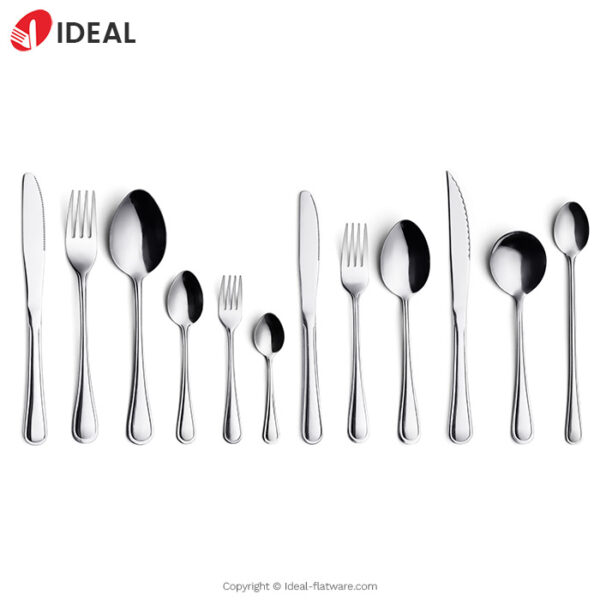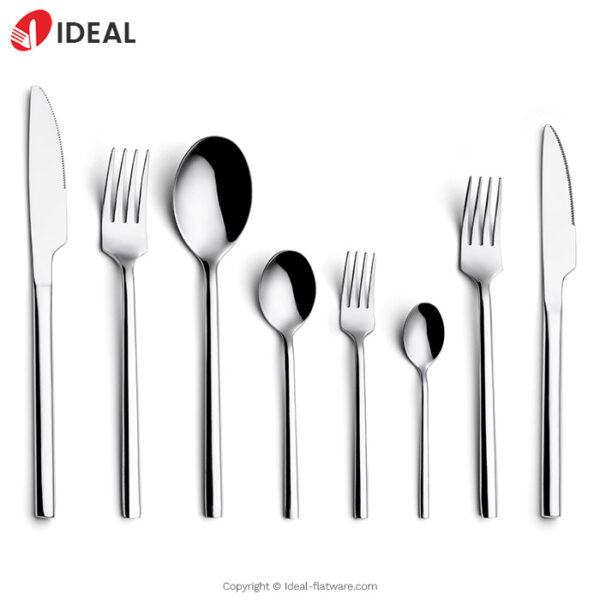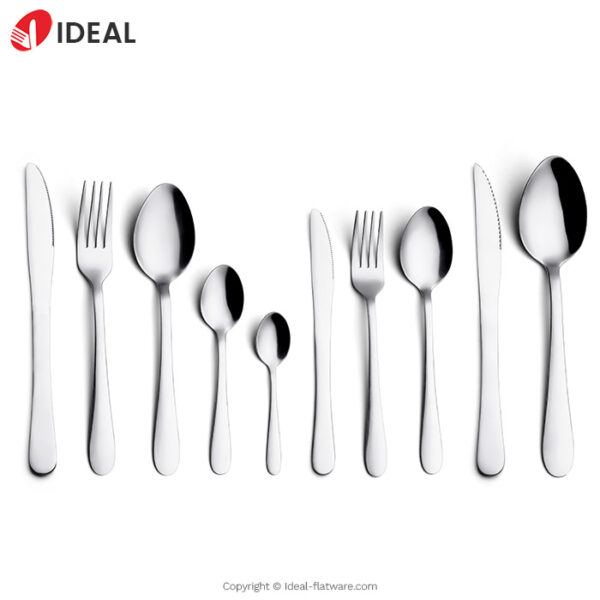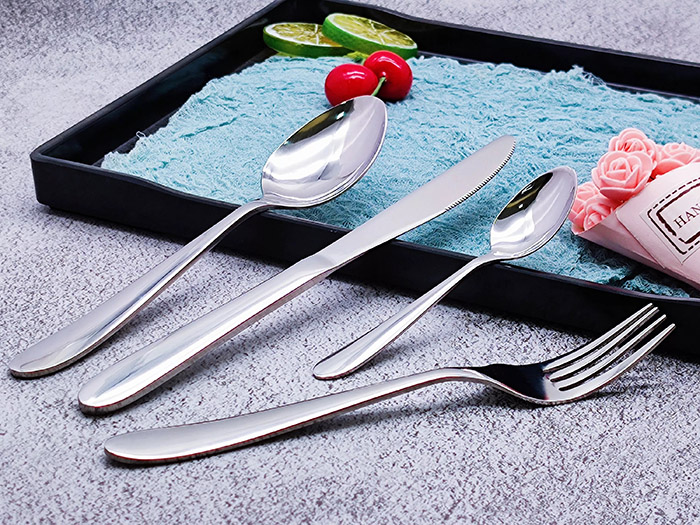
202 Stainless Steel
202 stainless steel is a nonmagnetic austenitic chromium-nickel-manganese alloy. It was initially designed for nickel preservation. Its composition is comparable to that of 304 stainless steel, with a few important changes. Manganese and nitrogen additives boost the strength and hardness of 202 stainless steel. As a result, it is somewhat less ductile than 304 stainless steel but still forms well. It also has less carbon content than 304, making it less prone to intergranular corrosion. It does, however, have the same drawbacks as 304 stainless steel, such as poor weldability and susceptibility to stress corrosion cracking.
304 Stainless Steel
The austenitic grade 304 stainless steel comprises chromium, nickel, and manganese. This grade is highly flexible, with excellent formability, weldability, and corrosion resistance. This grade’s increased chromium content makes it more corrosion-resistant than 302 stainless steel. However, if exposed to high temperatures over a lengthy period of time, it is prone to intergranular corrosion.
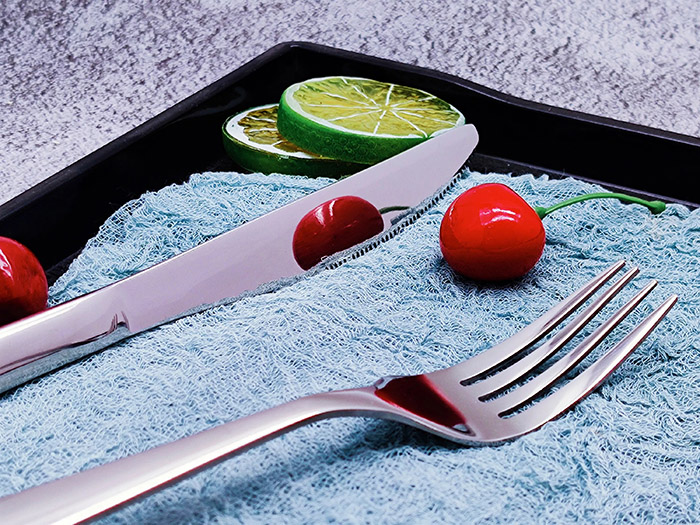
Difference Between 202 and 304 Stainless Steel
Stainless steel is a tough and long-lasting metal alloy that is extensively utilized in industrial, medicinal, and plumbing applications. The two most often used stainless steel grades are 202 and 304. While these alloys have comparable features, such as strength and corrosion resistance, they do have some significant variances. 202 stainless steel is often used in appliances and cookware; it is mostly composed of chromium, manganese, and nickel. 304 stainless steel, on the other hand, is frequently used in plumbing fittings due to its higher nickel content, which gives more rust resistance than 202 stainless steel. Both of these alloys function well, but depending on the application, you should evaluate each one’s unique characteristics.
- 202 stainless steel is one of the most widely used types of stainless steel. It contains between 4 and 8 per cent nickel, which makes it cheaper than 304 stainless steel.
- 202 stainless steel is less strong than 304 stainless steel. It is not as resistant to corrosion and is more challenging to weld.
- 202 stainless steel is more likely to stain than 304 stainless steel. It is also more likely to show fingerprints and other marks.
- 202 stainless steel is less costly than 304 stainless steel. It is also more widely available.
- Both 202 and 304 stainless steels are nonmagnetic.
Conclusion:
So, what is the distinction between 202 and 304 stainless steel? The two are quite similar in terms of composition, with a few important variances. The addition of manganese and nitrogen increases the strength and hardness of 202 stainless steel, whereas 304 stainless steel is more corrosion-resistant than 302 stainless steel due to its higher chromium content. Both grades, however, have the same drawbacks, such as poor weldability and susceptibility to stress corrosion cracking.


